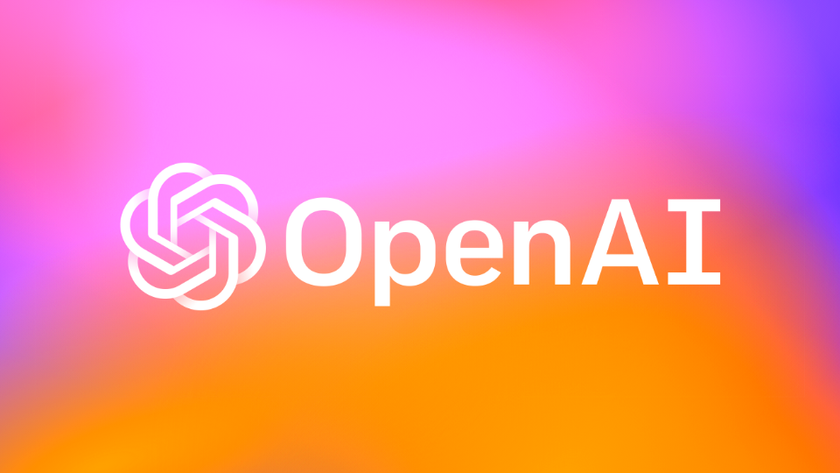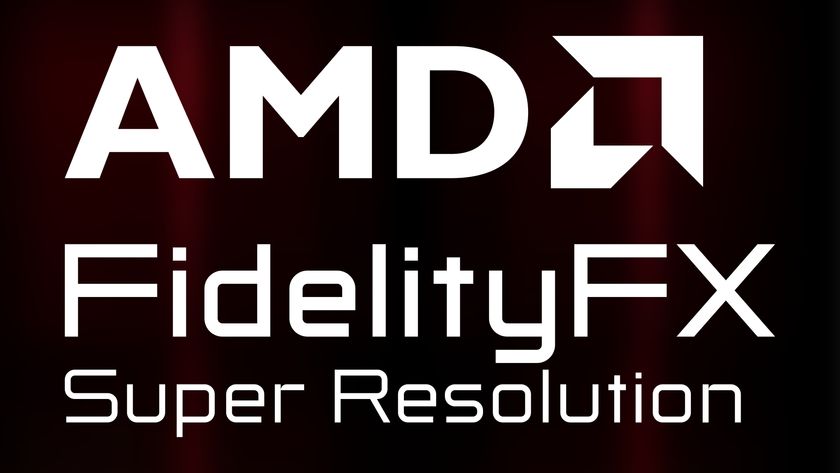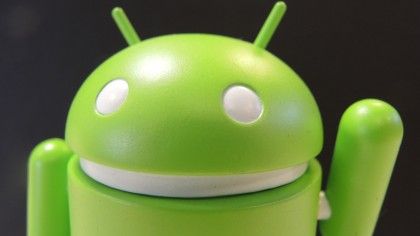4. All about AdSense
Google AdSense ads are discreetly targeted at your site's audience. They can be customised so that they fit with your page layout and colour scheme, and there are no flashy graphics. What's more, they're easy to set up and integrate into your site.
You may think that the low-key nature of Google ads would work against them, but it seems that web users prefer adverts from Google.

It's a name that many people trust, and it seems that the ads it supplies are perceived as an extension of the company's search results – which, in a way, is exactly what they are.
5. Keyword advertising
You earn money on a cash-per-click basis. When you join the AdSense service, you'll be given some code to paste into your page. When users browse your page, they see automatically generated adverts that fit your site, based on Google's analysis of your content.
If users then click on one of those links, you get a percentage of the fee for the ad. It's as simple as that.
Get daily insight, inspiration and deals in your inbox
Sign up for breaking news, reviews, opinion, top tech deals, and more.

Google don't publicise the exact share of revenue you get, but some keywords offer a bigger slice of pie than others, enabling you to configure your content to rake in the maximum riches.
For example, ads generated by the keywords 'web hosting' are more lucrative than those generated by 'books'.
To sign up and generate code to plug into your blog's sidebar, go to http://adsense.google.com, then go to 'AdSense Setup | Get Ads'. Follow the directions to generate adverts for your site.
6. Affiliate links
Using an affiliate service can be very simple indeed – it merely involves pasting some extra HTML into your site's template.
Amazon's affiliate program Amazon Associates is a highly visible example. Sign up at http://affiliate-program.amazon.co.uk and you'll have instant access to tools that enable you to create banners, widgets and text links to any item on the site.

They're supplied as snippets of code that you can cut and paste into your blog template or even directly into a post. When people click on it, you're recorded as the source.
Affiliate programs earn money in one of two ways. You either take a percentage of all the sales you refer to the service provider, or you get cash for clicks. With the Amazon model, when someone clicks an affiliate link on your site, you get up to 10 per cent of the money they spend.
7. Making links
If you're also a seller on the Amazon Marketplace – Amazon's portal for selling your goods – it makes sense to drive customers to your own products.
Imagine that you have a CD to sell. You blog a quick review of the CD and alongside it you insert an affiliate link to its Amazon listing. This can be done quickly, because when you sign up as an Amazon Associate, your standard account is automatically linked to the affiliate account.

When you navigate to pages on Amazon, you'll see a grey navigation strip at the top of the page. Click the 'Link to This Page' option. An HTML editing form will pop up – it helps you to generate a code that can be inserted into your blog.












